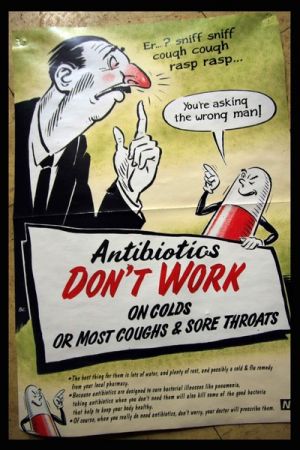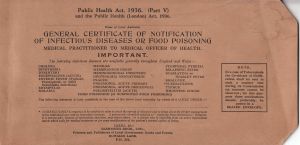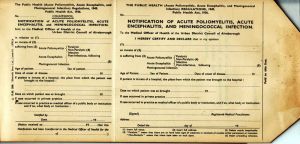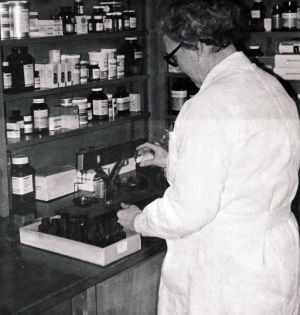FOOD FOR THOUGHT, OR RECIPE FOR DISASTER ?
Antipsychotic or neuroleptic medications work by changing the balances of chemicals in the brain and are used to control the symptoms of the illness. These medications are effective but they are also associated with side effects that may discourage a patient from taking them regularly. However, many of these side effects can be addressed and they should not prevent people from seeking treatment for this serious condition.
Typical Antipsychotics
Generic Name
chlorpromazine
fluphenazine
haloperidol
loxapine
mesoridazine
perphenazine
prochlorperazine
thioridazine
thiothixene
trifluoperazine
Atypical Antipsychotics
Generic Name
aripiprazole
clozapine
olanzapine
paliperidone
quetiapine
risperidone
ziprasidone
Common side effects from traditional antipsychotics may include sedation and weight gain. Other side effects are known as extrapyramidal symptoms (muscle contractions, problems of movement and gait, and feelings of restlessness or “jitters”).
Long-term risks include a movement disorder called tardive dyskinesia, which involves involuntary movements. Newer agents known as atypical antipsychotics appear to have a somewhat better safety profile regarding side effects. They also appear to help people who have not benefited from the older traditional medications. Ongoing treatment with medications is usually necessary to prevent a return of symptoms.
Supportive and problem-focused forms of psychotherapy may be helpful for many individuals. Behavioural techniques, such as social skills training, can be used in a therapeutic setting or in the patient’s natural environment to promote social and occupational functioning.
Family interventions that combine support and education about schizophrenia (psychoeducation) appear to help families cope and reduce relapse. Patients who lack family and social support may be helped by intensive case management programs that emphasize active outreach and linkage to a range of community support services.
All content copyright protected.





























